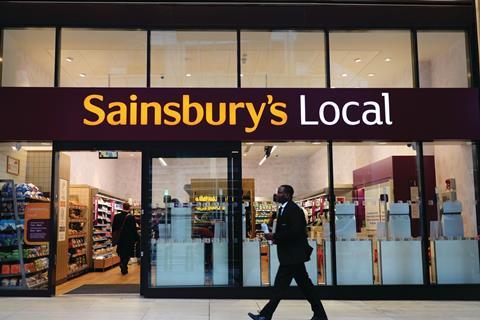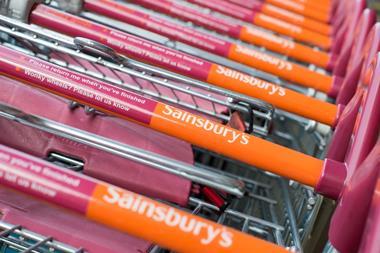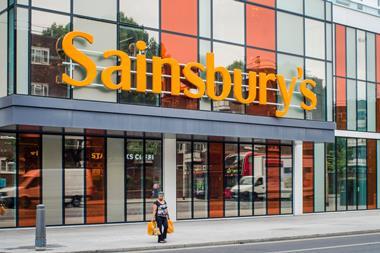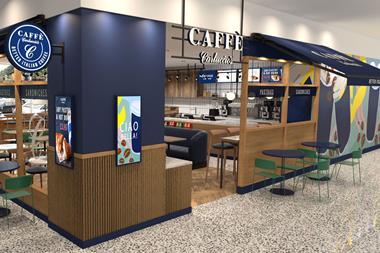Sainsbury’s has recorded an uplift in full-year profits but warned that “significant external pressures” would dampen its profits in the upcoming financial year.

Sainsbury’s reported a 104% jump in underlying pre-tax profit year on year to £730m in the 52 weeks to March 5, 2022, up 25% on a two-year basis.
The grocer’s retail sales excluding fuel declined 2.6% year on year to £28.1bn, exacerbated by a 2.3% decline in like-for-like sales excluding fuel during the period.
Across Sainsbury’s grocery arm sales slipped 0.2% year on year, up 7.6% on a two-year basis, while general merchandise sales slid 11.9% year on year, down 4.6% on two-year terms.
By contrast, Sainsbury’s clothing sales jumped 12.7% on a year-on-year basis, up 3.1% on a two-year basis as Tu became a £1bn brand.
Sainsbury’s digital sales declined 11% year on year to £10.8bn, up 80% on a two-year basis.
The grocer has made “significant investment in grocery prices” during its financial year and chief executive Simon Roberts said this has resulted in Sainsbury’s “continu[ing] to inflate behind competitors on the products customers buy most often”.
“In a year of unprecedented change we have been relentlessly focused on putting customers and colleagues first while delivering the first year of our plan to put food back at the heart of Sainsbury’s,” he added.
“We said we would invest in value, innovation and service and that’s exactly what we’re doing. We have outperformed key competitors on both a one- and two-year basis while also delivering strong underlying profit growth, improved returns and consistent retail-free cash flow. This gives us a strong foundation to keep building momentum in the year ahead.”
Sainsbury’s said it expected to deliver underlying profit before tax between £630m and £690m in its current financial year, down as much as £100m compared with its latest full-year results but “significantly ahead” of its profit two years prior of £586m.
The grocer attributed its forecasted year-on-year profit decline to “significant external pressures and uncertainties, including higher operating cost inflation and cost of living pressures, impacting customers’ disposable incomes”, which would drive continued investment in “grocery value, innovation and customer service”.
- Get the latest grocery news and analysis straight to your inbox – sign up for our weekly newsletter

























No comments yet